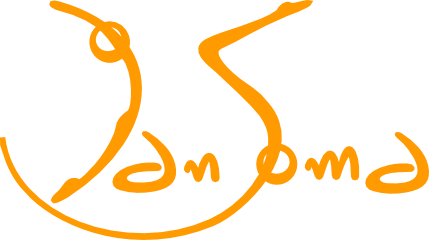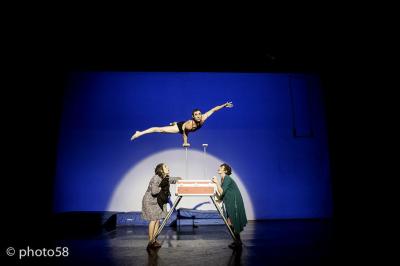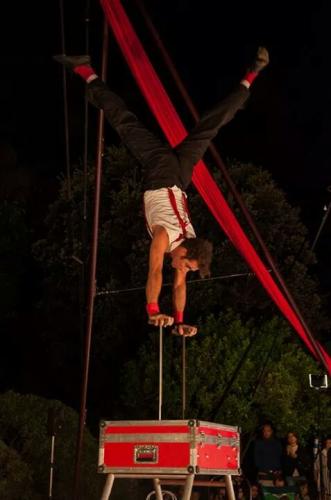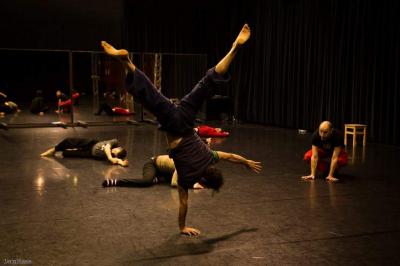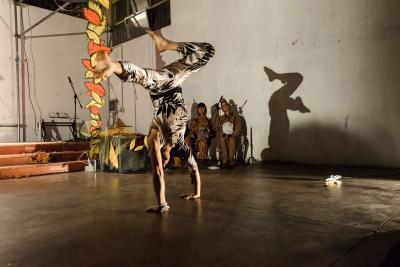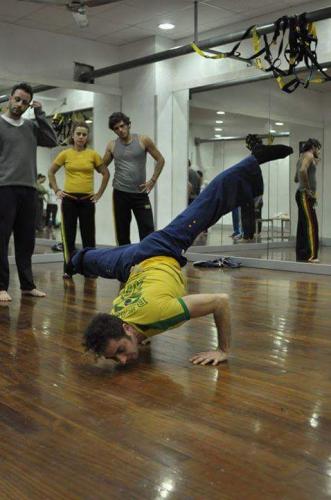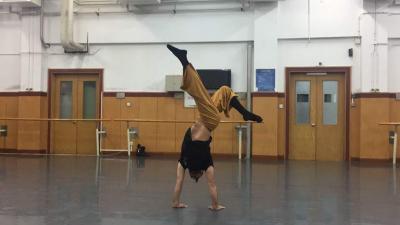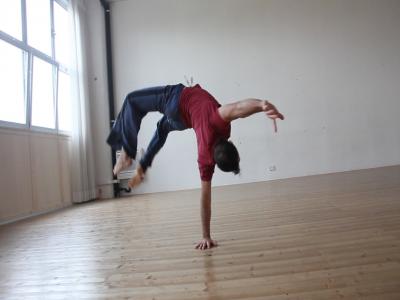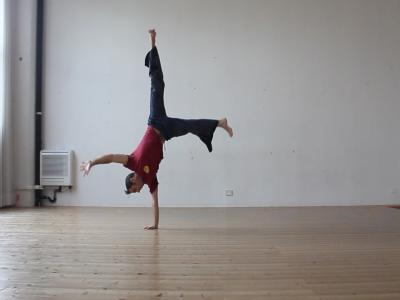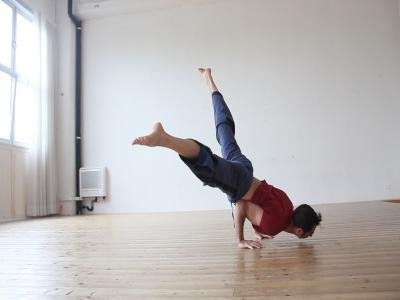The search for balance on the hands is a practice that can have multiple psychophysical implications in the practitioner, such as experimenting with the possibility of " reversing the point of view " and the fear of "losing control and not being able to support a new vision".
The study of the "inversion", or more appropriately of the "reversal of weight", is carried out and proposed considering it as an instrument of knowledge of one's own body and of enrichment of one's own expressive possibilities and of movement. The Handstand is also an instrument of change of perception of oneself and of the surrounding world.
The search for balance on the hands is seen according to this approach not as a single and static goal but as a dynamic possibility within a movement, and therefore importance is given to the exploration of movement in equilibrium on the hands and to the possibilities of movement to enter and exit the handstand and integrate it into a dance.
According to this logic, therefore, it is necessary to create the conditions in the practitioner's body so that it is possible to find the straightness and verticality of the axis of the spine even with the weight on the hands. Here we find comfort in such a position and to allow the search for balance without having to harden and block the muscles, allowing the micro-movements of adjustment that occur naturally as when we are standing upright, and so to make it easier to maintain the balance and the generate the movement.
Considering that the body is not structured evolutionarily to support the weight on the arms, and that the intent of the body practice according to the proposed logic is to stimulate an improvement in the well-being of the individual, this result is obtained through a specific training of Postural Stretching in Motion (DanSoma) that tends to create joint space in the area of the shoulder girdle (hands, arms, trunk). In this way, taking into account the connections of this area with the rest, this part of the body is prepared to support the whole weight in a consistent manner and therefore without joint damage and thus avoiding the annoying compression to the cervical area usually generated by the practice of handstand.



